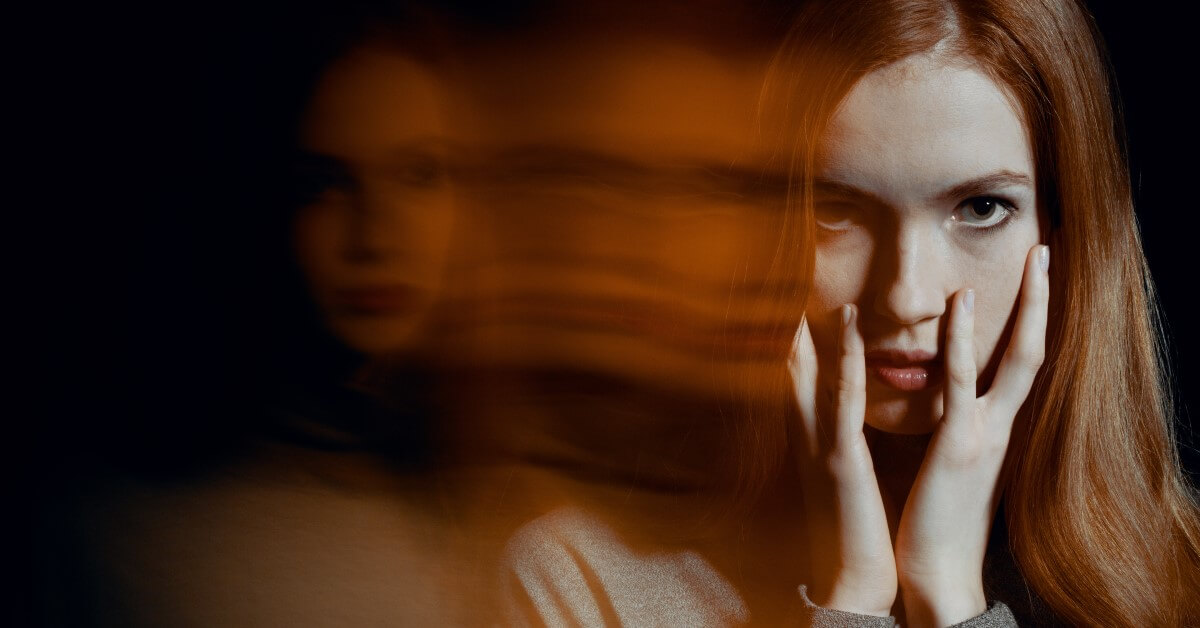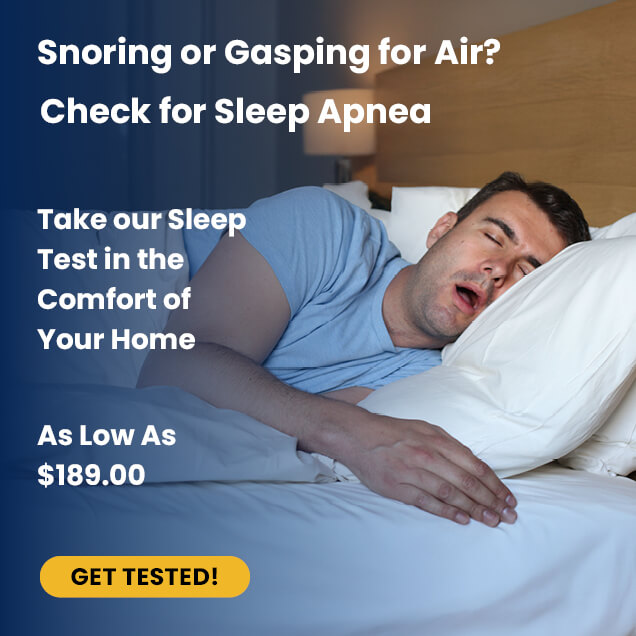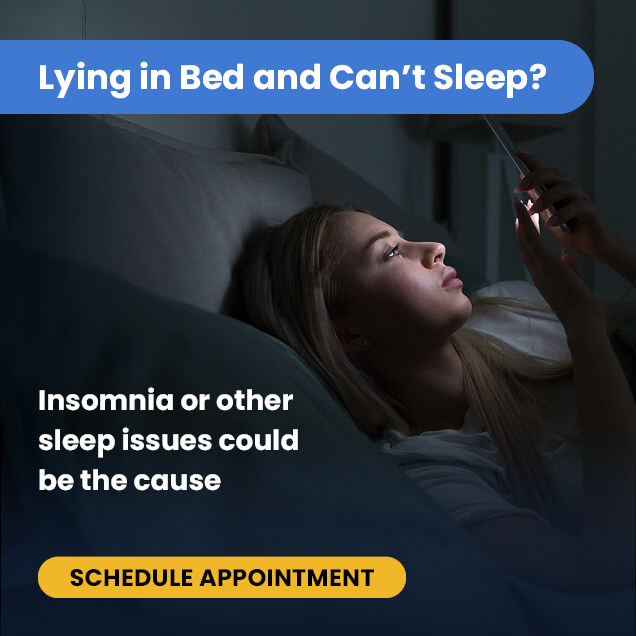How Common Are Sleep-Related Hallucinations? | Etiology | Symptoms |
Sleep-Related Hallucinations & Sleep Paralysis |
How Sleep-Related Hallucinations Differ From Psychiatric Hallucinations |
When to See a Doctor | How To Cope With Sleep-Related Hallucinations
Overview
Sleep is an integral part of our existence, essential to our physical and mental well-being.
During sleep, the body repairs and rejuvenates itself, memories are consolidated, and our minds explore the fantastical realm of dreams.
However, for some, sleep can become a surreal and eerie experience, especially when they are about to drift into sleep or about waking up.
Imagine waking up in the middle of the night to find a ghostly figure at the foot of your bed or hearing strange voices whispering your name when no one else is around. Welcome to the bewildering world of sleep-related hallucinations.
Typically, hallucinations are perceptions that do not correspond to what is occurring in reality.
Sometimes, our brains blur the line between dreams and reality during transitions between sleep and full consciousness, causing these false perceptions around sleep time. There are two (2) types of sleep-associated hallucinations: Hypnagogic and Hypnopompic hallucinations.[1]
Hypnagogic hallucinations are false sensory experiences that occur as one enters the sleep state.
In contrast, hypnopompic hallucinations happen when one gradually awakens from sleep.
In terms of content, both types of sleep-related hallucinations are similar. They can involve any of the senses, including hearing, sight, touch, smell, taste, and motion.
Experts classify sleep-linked hallucinations as parasomnias — unwanted physical (movements, actions) or mental experiences (emotions, perceptions) that happen at the start of sleep, within sleep, or when waking from sleep.[2]
How Common Are Sleep-Related Hallucinations?
Sleep-linked hallucinations are reasonably common. A British study indicates that up to 37 percent of the participants experience waking dreams (hypnagogic). In comparison, 12.5 percent of the respondents reported experiencing hypnopompic hallucinations.[3]
Another brilliant study that sampled German, French, and British populations reported that 38.7 percent of its participants had experienced sleep-related hallucinations.[4]
Furthermore, experts have suggested that sleep-linked hallucinations occur more frequently among individuals with background sleep problems like narcolepsy and other sleep disorders.[5]
Etiology
Although sleep-linked hallucinations share neurological similarities with both daytime hallucinations and nighttime dreams, their exact cause remains unknown.
Experts had previously hypothesized that sleep-related hallucinations occurred when REM sleep states intruded on awakened consciousness. Still, subsequent research has cast doubt on this theory.
Typically, sleep-linked hallucinations are considered innocuous and do not necessarily indicate the presence of any underlying disorders.
However, individuals with underlying sleep and mental health conditions like narcolepsy, insomnia, etc., are more susceptible to experiencing them.
Symptoms
Sleep-related hallucinations can manifest in all sensory modes (vision, hearing, touch, smell, etc.).[6]
However, visual hallucinations are more frequently experienced. Many people report seeing images of animals or other people and moving shapes and colors.
While these images may be able to move, they typically do not constitute a narrative as typical dreams do.
Auditory hallucinations are also common. Many individuals report hearing people conversing or tinkling sounds. These sounds may accompany visual sensations or occur independently.
Other typical forms of auditory hallucination frequently experienced include background sounds such as a calling phone or animal sounds.
Furthermore, many experience nonexistent bodily sensations, such as falling or weightlessness. Sometimes, individuals perceive the presence of another person in an empty room.
Tactile hallucinations are often associated with sleep paralysis, which can occur alongside sleep-related hallucinations.
Sleep-Related Hallucinations & Sleep Paralysis
Researchers have yet to delineate the underlying neurobiological pathways that connect sleep-related hallucinations with sleep paralysis.
However, new data suggests that both situations are dissociated expressions of REM sleep and are regularly experienced by persons with narcolepsy.[8]
Sleep-linked hallucinations are typically defined as dreamy intrusions into waking cognition. At the same time, sleep paralysis is thought to represent the continuation of regular REM muscle atonia into alertness.
Furthermore, experimental data points to the sleep-onset REM period seen in individuals with narcolepsy as a neurophysiological base for sleep-associated hallucinations and sleep paralysis.[8]
How Sleep-Related Hallucinations Differ From Psychiatric Hallucinations
Although sleep-related and mental illness hallucinations share similarities, many distinctive features exist.
A significant distinction is that sleep-related hallucinations only occur near sleep, either as a person falls asleep or emerges from rest.
On the other hand, psychiatric hallucinations can happen at any moment and are more likely during the day when a person is completely awake.
Essentially, when individuals experience hypnagogic or hypnopompic hallucinations, they typically recognize them as false rather than genuine perceptions.
Also, hypnagogic hallucinations are much more likely to be forgotten. In contrast, individuals with mental disorders like schizophrenia may retain memories of hallucinations for a more prolonged period.
Furthermore, hallucinations associated with sleep are much more likely visual than those related to mental conditions like schizophrenia, which are more likely to be auditory.[7]
Additionally, individuals with mental health disorders typically experience many other symptoms, such as delusional ideas, disorganized thoughts, and difficulties focusing or communicating.
When Should You Go To The Doctor?
If you don’t have any other symptoms, brief, uncomplicated hallucinations when you sleep or wake up at night may not warrant a trip to the doctor.
However, you should contact a doctor if your hallucinations persist during the day.
Daytime hallucinations are different and could be caused by a mental health problem, a side effect of a medication, or something else that needs to be looked at by an expert.
How To Cope With Sleep-Related Hallucinations
Indeed, most people would rather have a peaceful sleep than one with many hallucinations.
However, we can’t stop these hallucinations from happening. Also, we can’t choose whether or not we want them. So, it is best to find ways to cope with them.
Sleep experts suggest that the likelihood of having sleep-linked hallucinations can be reduced by engaging in healthy sleep routines and stress-relieving activities, such as meditation.
Other healthy sleep behaviors that can help you keep hallucinations around bedtime at bay include:
- Optimizing Your Bedroom for Sleep: Create a comfy, preferably dimly lit bedroom to help ease you into sleep.
- Limit Stimulants and Alcohol: Avoid consuming caffeine, nicotine, or alcohol close to bedtime, as these substances can disrupt sleep patterns.
It’s probably not a big deal if you experience hallucinations during sleep occasionally. However, do not hesitate to seek medical attention if they interfere with your sleep or cause significant distress.
References:
- Bless, J. J., Hugdahl, K., Kråkvik, B., Vedul-Kjelsås, E., Kalhovde, A. M., Grønli, J., & Larøi, F. (2021). In the twilight zone: An epidemiological study of sleep-related hallucinations. Comprehensive Psychiatry, 108(152247), 152247. https://doi.org/10.1016/j.comppsych.2021.152247
- Bollu, P. C., Goyal, M. K., Thakkar, M. M., & Sahota, P. (2018). Sleep Medicine: Parasomnias. Missouri medicine, 115(2), 169–175. https://www.ncbi.nlm.nih.gov/pmc/articles/PMC6139852/
- Ohayon, MM, Priest RG, Caulet, C., Guilleminault, C. (1996). Hypnagogic and hypnopompic hallucinations: pathological phenomena? British Journal of Psychiatry, 169(4):459-67. https://doi.org/10.1192/bjp.169.4.459
- Ohayon M. M. (2000). Prevalence of hallucinations and their pathological associations in the general population. Psychiatry research, 97(2-3), 153–164. https://doi.org/10.1016/s0165-1781(00)00227-4
- Scammell, T. E. (2022, September 2). Treatment of narcolepsy in adults. In R. Benca (Ed.). https://www.uptodate.com/contents/treatment-of-narcolepsy-in-adults
- Waters, F., Blom, J. D., Dang-Vu, T. T., Cheyne, A. J., Alderson-Day, B., Woodruff, P., & Collerton, D. (2016). What is the link between hallucinations, dreams, and hypnagogic-hypnopompic experiences? Schizophrenia Bulletin, 42(5), 1098–1109. https://pubmed.ncbi.nlm.nih.gov/27358492/
- Chaudhury, S. (2010). Hallucinations: Clinical aspects and management. Industrial Psychiatry Journal, 19(1), 5–12. https://pubmed.ncbi.nlm.nih.gov/21694785/
- D’Agostino, A., & Limosani, I. (2016). Hypnagogic Hallucinations and Sleep Paralysis. In Narcolepsy (pp. 81–93). Springer International Publishing. https://link.springer.com/chapter/10.1007/978-3-319-23739-8_8






